![]()
![]()
![]()
Use LEFT and RIGHT arrow keys to navigate between flashcards;
Use UP and DOWN arrow keys to flip the card;
H to show hint;
A reads text to speech;
85 Cards in this Set
- Front
- Back
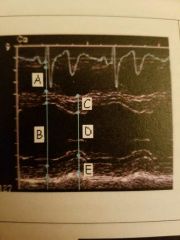
What is A? |
RVd |
|
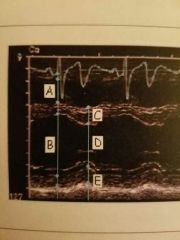
What is B? |
LVIDd |
|
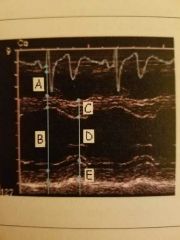
What is C? |
IVSs |
|
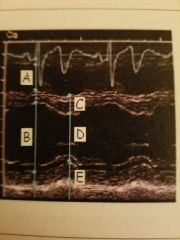
What is D? |
Lvids |
|
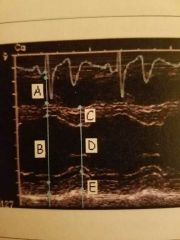
What is E? |
LVPWs |
|

What is F? |
AO root |
|
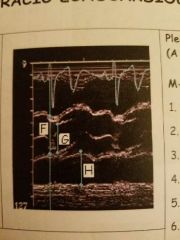
What is G? |
AoV |
|
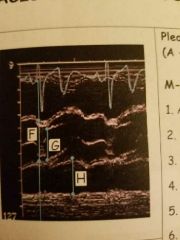
What is H? |
LA |
|
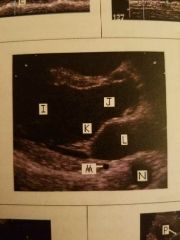
What is i? |
LV |
|

What is J? |
LVOT |
|

What is K? |
MV |
|
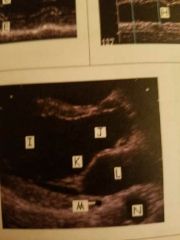
What is L? |
LA |
|
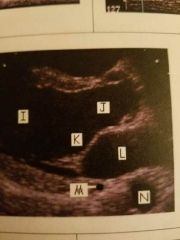
What is M? |
Coronary sinus |
|
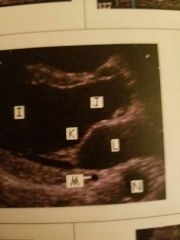
What is N? |
Descending aorta (DAO) |
|
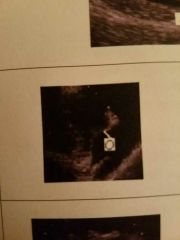
What is o? |
TV |
|
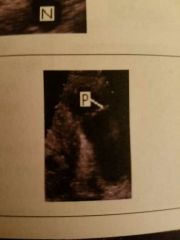
What is p? |
PV |
|
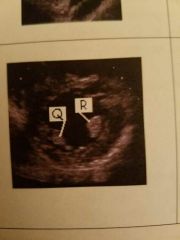
What is q? |
Posterior medial PM |
|
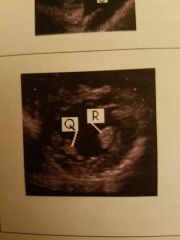
What is r? |
Anterior lateral PM |
|
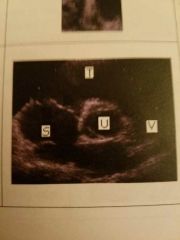
What is s? |
RA |
|

What is t? |
RV |
|

What is u? |
Trileaflet AoV |
|
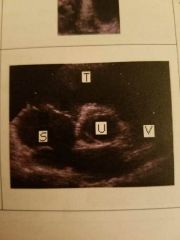
What is v? |
PA |
|
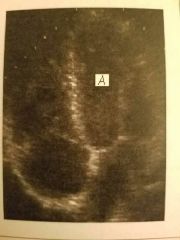
What is a? |
LV |
|

What is B? |
LVOT |
|
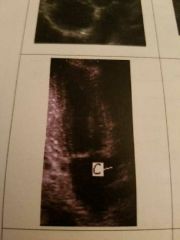
What is C? |
LAA (left atrial appendage) |
|
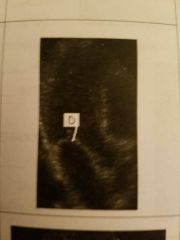
What is D? |
MV |
|
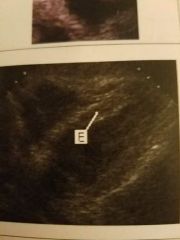
What is E? |
IVS |
|
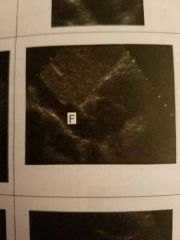
What is F? |
IVC |
|
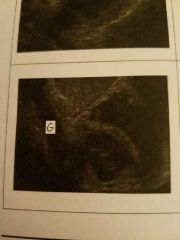
What is G? |
DAO |
|
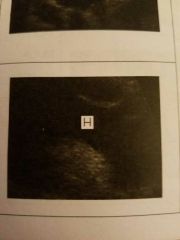
What is H? |
AO arch |
|
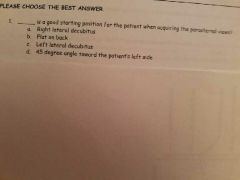
|
C |
|
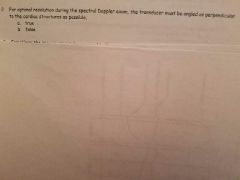
|
B |
|
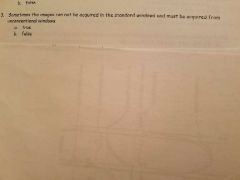
|
A |
|
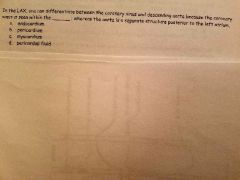
|
C |
|
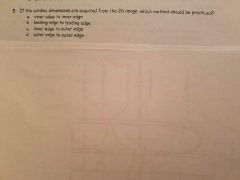
|
A |
|
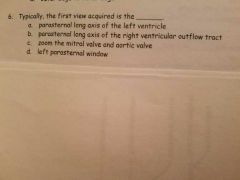
|
A |
|
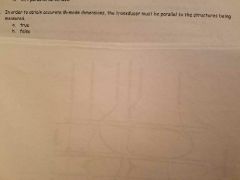
|
B |
|

|
B |
|
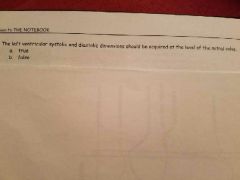
|
B |
|
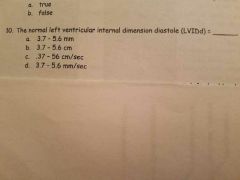
|
B |
|
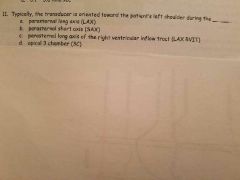
|
B |
|
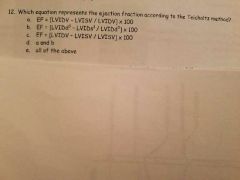
|
D |
|
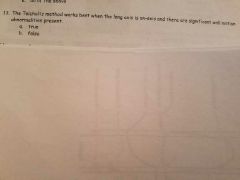
|
B |
|
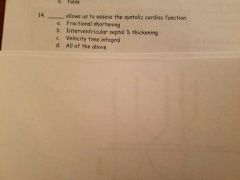
|
D |
|
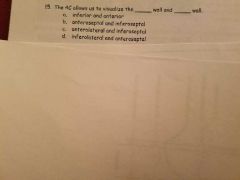
|
C |
|
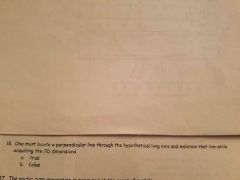
|
A |
|
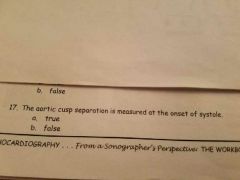
|
A |
|
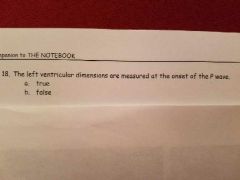
|
B, false. The measurements should be acquired during end diastole, at the onset of QRS complex |
|
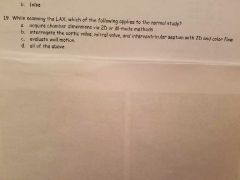
|
D |
|

|
B, false. You angle transducer more medial and inferior (toward patient's right hip) |
|

|
D, read pg 106. |
|
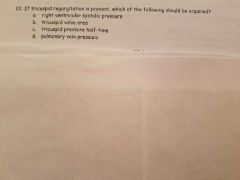
|
A |
|
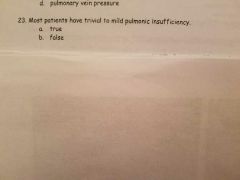
|
A |
|
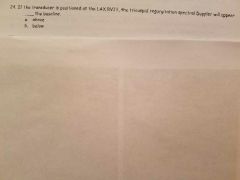
|
B |
|
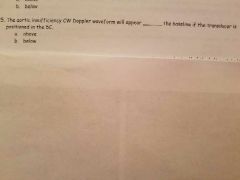
|
A |
|
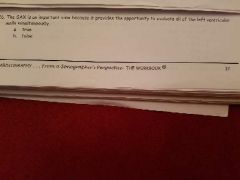
|
A |
|
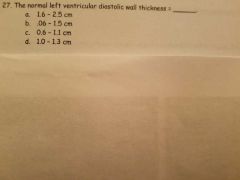
|
C |
|
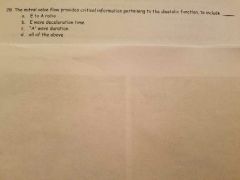
|
D |
|
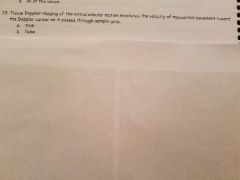
|
A |
|
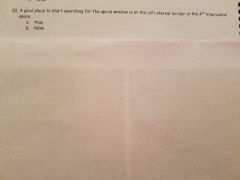
|
B, false. A good place to start is at the point of maximal impulse (PMI) |
|
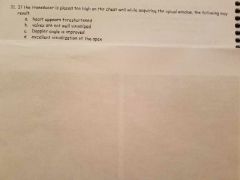
|
A |
|
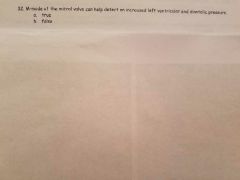
|
A |
|
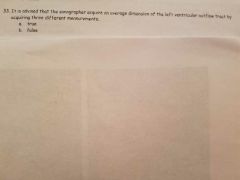
|
A |
|
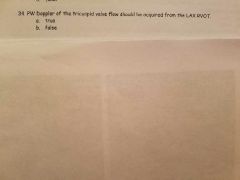
|
B |
|

|
D |
|
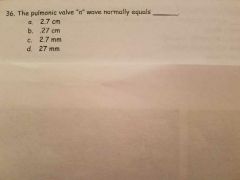
|
C |
|
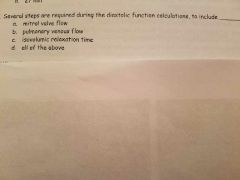
|
D |
|
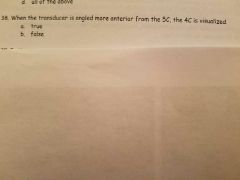
|
B, false. It's opposite, angle more anterior from 4C to get to 5C |
|

|
B |
|

|
D |
|
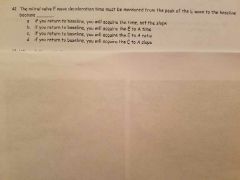
|
A |
|
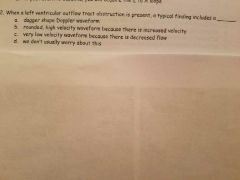
|
A |
|
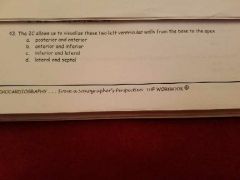
|
B |
|
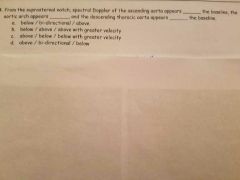
|
D |
|
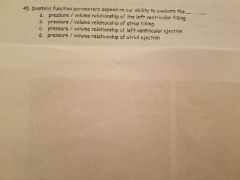
|
A |
|
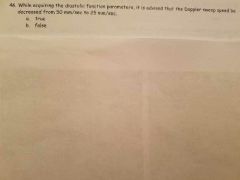
|
B |
|
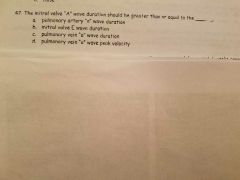
|
C |
|
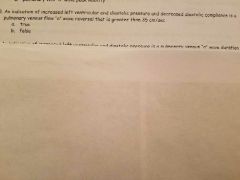
|
A |
|
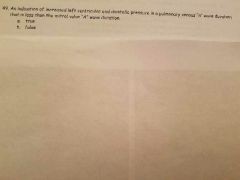
|
B, pulmonary vein atrial reversal wave (PVa) duration that is greater than the mitral flow "A" wave duration |
|

|
B |
|
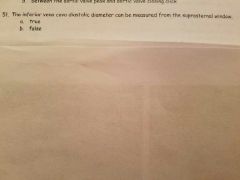
|
B |
|

|
A |
|

|
B |
|

|
B |
|

|
A |

